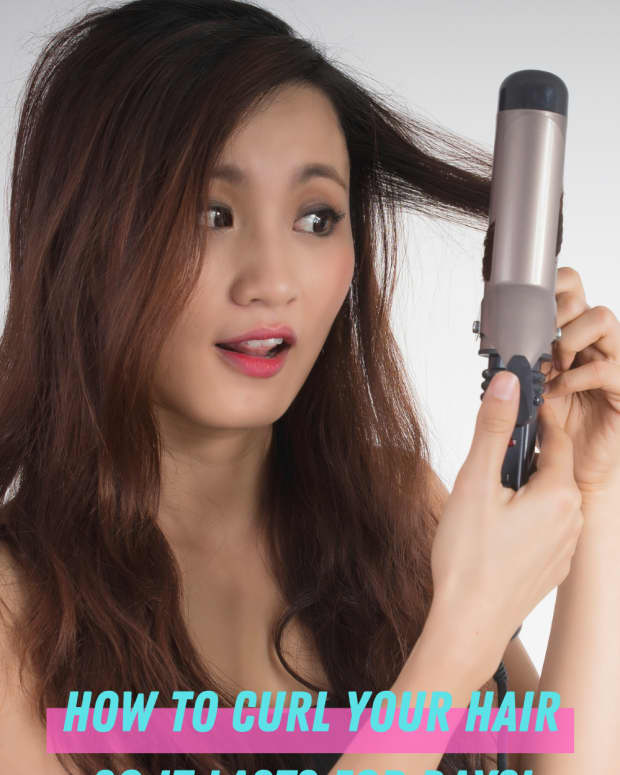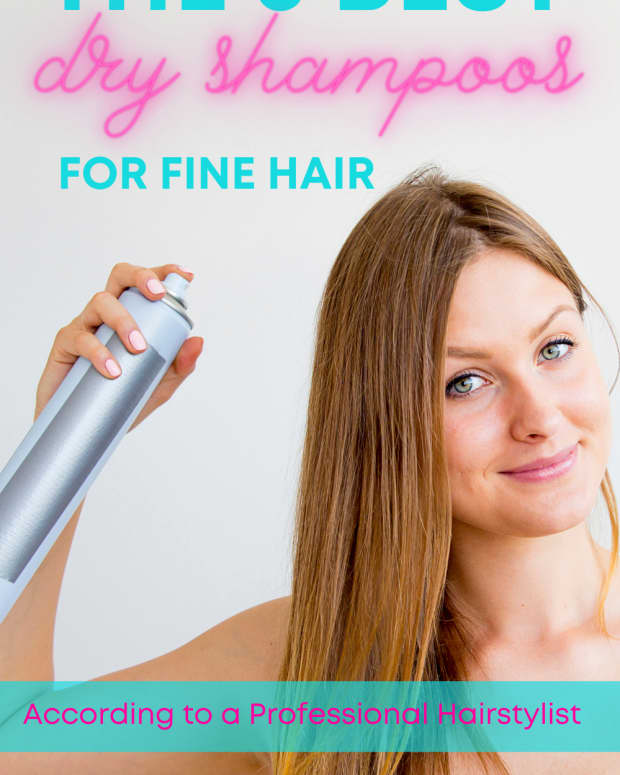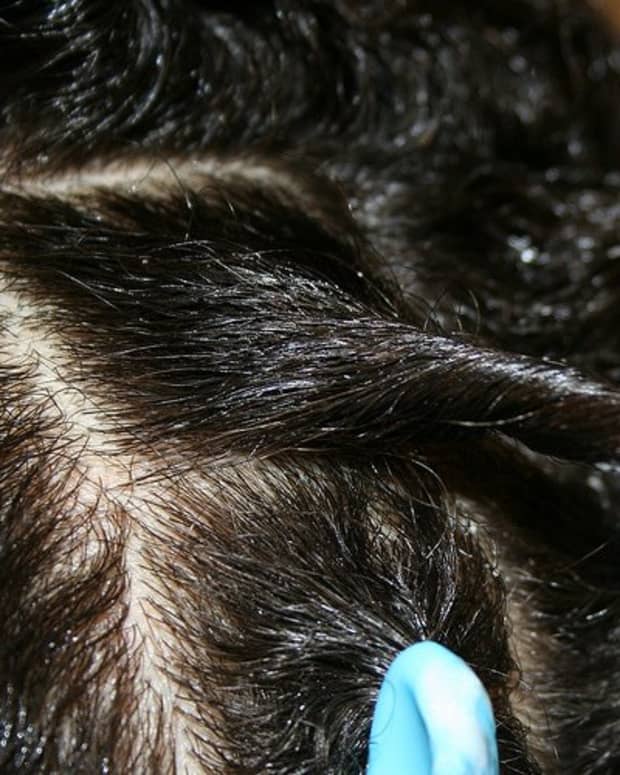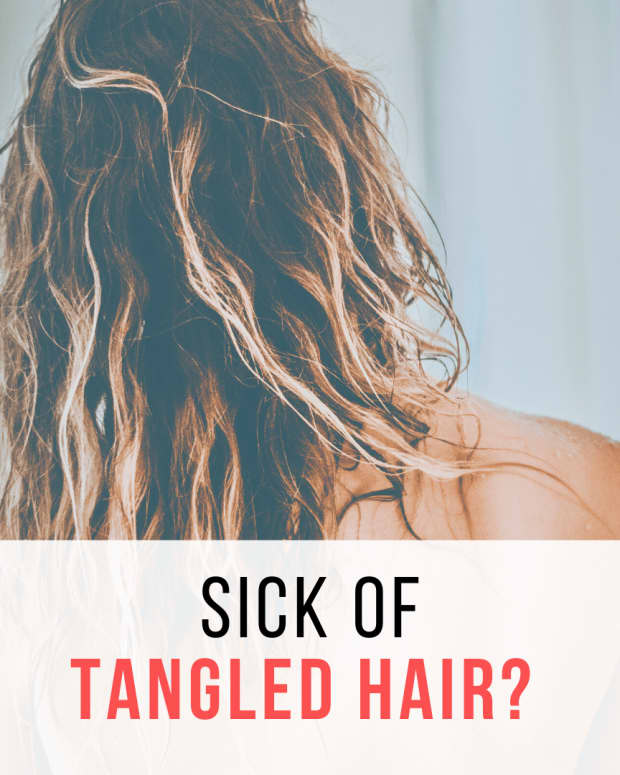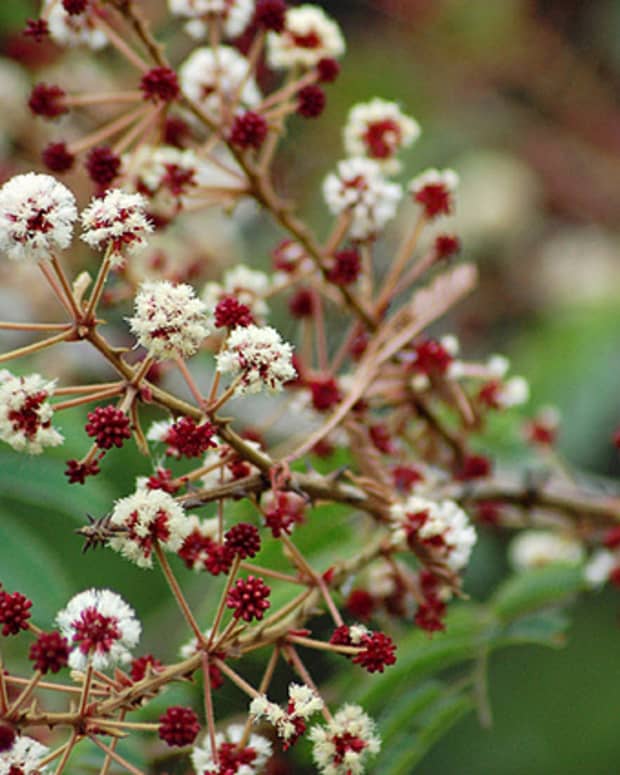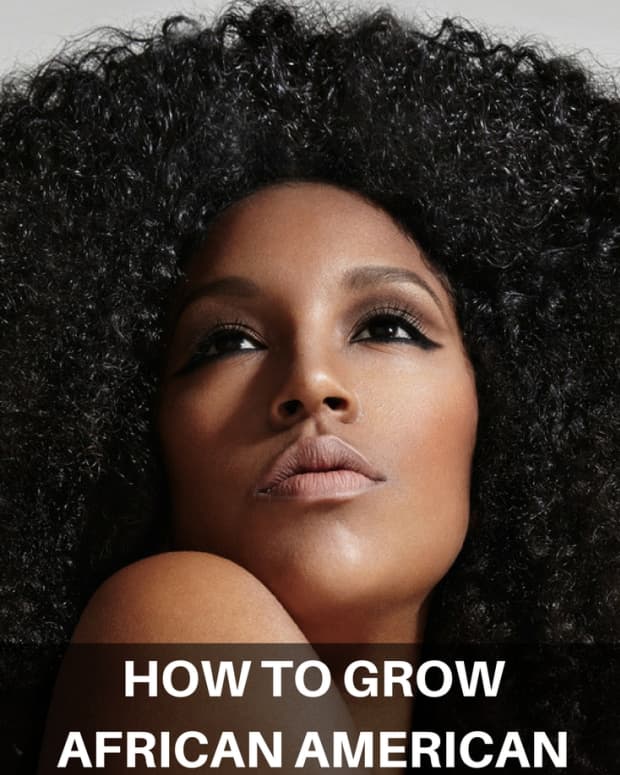How to Grow Your Hair Out Long, Strong, and Healthy
I'm a freelance hairstylist in Oregon. I'm an entrepreneur at heart and I want to help you be a successful cosmetologist!
Why Your Hair Isn't Growing
When it comes to longer, stronger hair, at least half the battle is keeping it healthy. As a hairstylist, I've heard many clients say things like, "my hair isn't growing," or "once my hair got this long, it just stopped." As a professional, I can tell you that your hair didn't actually stop growing, it simply stopped getting longer.
While hair does go through cycles of growth, it never stops growing completely until several days after you're dead. (Yes, your hair will continue growing for a few days after you've died. Crazy huh?) Several things contribute to stunted hair growth, or "length accumulation:"
Too Much Hair Color
If you're in the salon every four to eight weeks getting your hair colored a different shade, (or, even worse, doing it at home) you will likely never achieve your desired length. Hair simply wasn't made to go from black to blond to brown to red. Commit to one hair color that you love and play with different shades of that same color. Also, allow your hair to go as long as possible between appointments. Balagaye and babylights are great options for allowing your hair a much longer recovery time between appointments and they can save you money.
Too Many Trims
A healthy adult's hair grows between 1/2 inch and 1 inch per month. This means that if you go in for a trim every four weeks, your stylist is likely trimming off all the new growth you achieved in the last month. If you take care of your hair with the tips below, there's no reason that you should need a trim every four weeks. Try waiting 8–12 weeks so your hair has the opportunity to grow more between appointments.
How To Grow Help Your Hair Grow
Now that we've established why your hair might not be growing, let's look at what you can do to achieve those Rapunzel-esque locks!
4 Tips for Longer Hair
- Brush your hair every day.
- Hydrate.
- Wash your hair less frequently.
- Rinse with cold water.
1. Brush Your Hair Every Day
Have you ever heard your grandmother say that she used to brush her hair with one hundred strokes every night? There may be something to her evening ritual after all. While you certainly don’t need to brush it quite that thoroughly, a good brushing in the morning and evening has several important benefits for those trying to grow their hair out:
It Conditions Your Hair
Did you know that your hair’s natural oils are one of the best things for it? Unlike conditioners from a bottle, this natural conditioner is perfectly suited to your hair. Brushing with firm strokes helps move the oils from the scalp toward the ends of your hair where the strands are naturally dryer and more worn out. A boar bristle brush is excellent for this.
It Detangles and Volumizes
If you’re like most people, you probably part your hair in the same place every day. Over time, this can cause the hair follicle to lay at a certain angle. When the follicle lays close to your scalp, it can cause you to lose volume. By tipping your head over and brushing with long strokes in a different direction than you usually part it, you force the follicle into a different position and keep it from laying flat against your head.
It Stimulates Your Scalp
Firm brushing stimulates blood flow to your scalp and helps circulate the oxygen (so it’s great if you have a headache). It also helps cleanse and stimulate the sebaceous glands which secrete an oily or waxy substance called “sebum” onto the surface of the skin. Sebum protects the skin and hair from harmful microorganisms and spreads vitamin E over the surface of your largest organ, the skin! Stimulating these tiny glands through firm brushing helps to keep them clean, unclogged, and doing their job.
Read More From Bellatory
An Important Note
It doesn't matter how vigorously or regularly you brush your hair if you're using a dirty hairbrush. If your brush isn't clean you are simply dragging environmental pollutants through your hair and making it appear greasy.
It's a good idea to give your hairbrush a good cleaning every few weeks. For a brush with natural fibers, carefully remove the hair with a regular toothed comb, rinse thoroughly with warm water, give it a good shake and let it air-dry. For a brush with synthetic bristles, you can be slightly more aggressive during cleaning. First, remove all the hair, then combine warm water with about a teaspoon of shampoo in a dish. Soak your brush for a few hours or overnight, then rinse and air-dry.
2. Hydrate
Most people don't drink enough water, and this can actually slow hair growth and make the ends of your hair brittle which contributes to breakage. Water contributes up to 70% of your total body mass. If your water intake becomes insufficient, your vital organs are going to take precedence over keeping your hair healthy and they'll use the available water first, leaving your hair dry and straw-like.
Because hair is made up of hydrogen bonds and water accounts for nearly 25% of each hair strand's total weight, consuming two to three liters of water every day will contribute to the overall health of your hair, which will, in turn, make it grow longer and stronger.
3. Wash Your Hair Less Frequently
Only during the last few generations have we become daily shampooers. People used to shampoo only once a week. While showering more often than once a week is definitely a good idea, consider investing in a good shower cap—your hair will thank you. There are two big reasons to shampoo less frequently:
Your Scalp Will Produce Oil as Fast as You Remove It
If you want to keep your hair strong and growing, don’t lather up every day. Let those sebaceous glands do their job uninterrupted for a couple of days. You will find that as you stretch the days between washes, your hair will become less greasy and more shiny and manageable.
The Less You Wash, The Less You Have To Style
In an ideal world, we’d all be letting our hair air-dry and never using a curling iron, but that's just not realistic. If you can’t avoid hot tools altogether, minimizing their use will maximize the health of your hair. This is because when you use a blow dryer, you fluff up the cuticle of your hair. This can cause it to look frizzy, and it also opens up the cuticle to all sorts of environmental contaminants. (Yes, smog, exhaust, and smoke are bad for your hair.) By limiting yourself to one or two blow-drying sessions per week, you keep the cuticle of your hair in its strongest position, closed, and much more impervious to breakage.
If you can let your hair air-dry partially before you blow-dry, this will result in less damage over time. If you need to blow-dry your whole head completely, dry the hair in the direction of the cuticle, i.e. from scalp to ends. If you tip your head forward and blow-dry scalp to ends upside down, you will give your hair much more volume and keep the follicle from laying flat to your head (which can cause your hair to look oily faster).
4. Rinse With Cold Water
While we’re talking about protecting the hair cuticle, one of the easiest ways to smooth it down is by simply rinsing with the coldest water you can stand after you wash. I prefer to turn off the water and then give my hair one final, frigid rinse in the tub faucet rather than the showerhead to avoid freezing myself.
It Is Soothing to the Skin
While shampooing with warm water opens up pores and helps to cleanse the scalp, rinsing with cool to cold water soothes the skin and can even help prevent issues like dandruff and itching.
It Improves Circulation
Much like firm brushing, rinsing with cold water helps circulate the blood and oxygen through your scalp, resulting in the dispersion of nutrients that your hair needs to continue to grow.
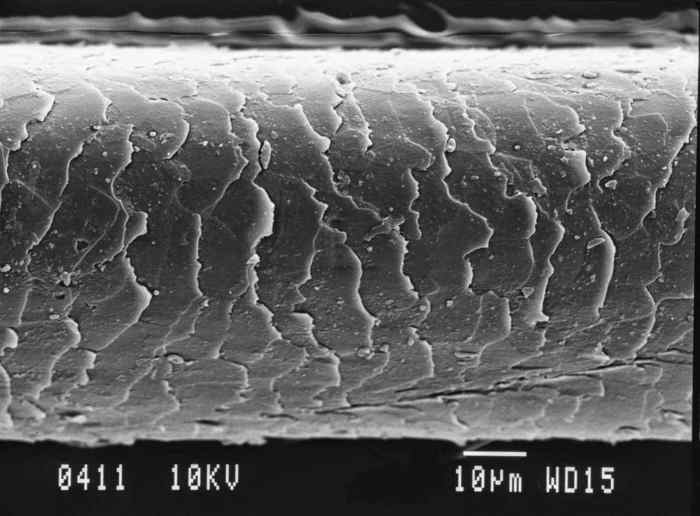
This is what your hair cuticle looks like up close. See those tiny ridges? You want those kept closed and tight to avoid frizz and damage.
This content is accurate and true to the best of the author’s knowledge and is not meant to substitute for formal and individualized advice from a qualified professional.







